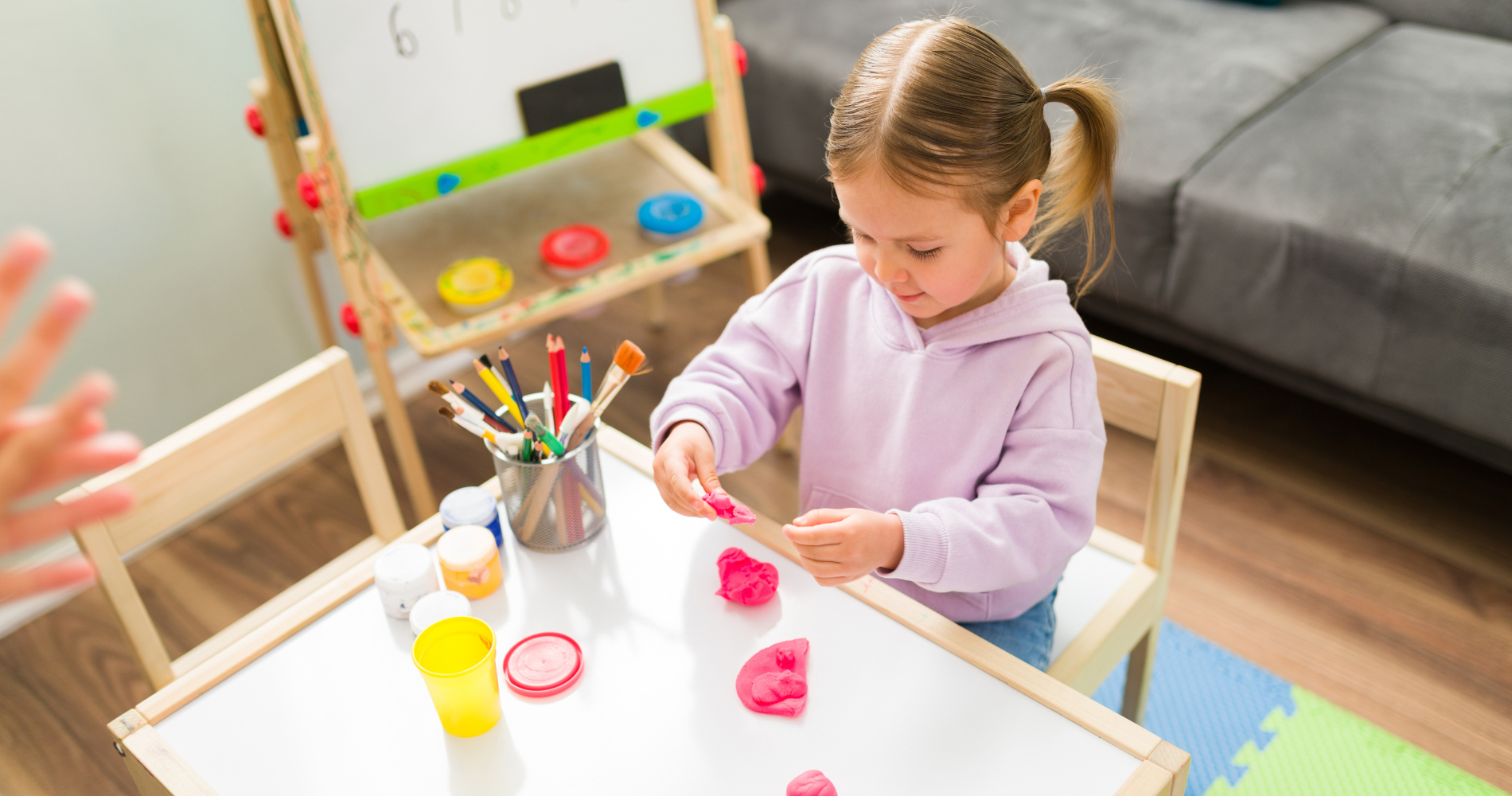ABA therapy helps people with autism spectrum disorder (ASD) improve critical skills to enhance long-term quality of life. Important areas worked on in ABA therapy include verbal and non-verbal communication; establishing and maintaining emotional and behavioral self-regulation; critical thinking and other cognitive skills; and developing skills to foster independence in completing daily living tasks.
ABA therapy uses positive reinforcement and other evidence-based techniques to teach or strengthen these critical skills through structured sessions.
Starting ABA Therapy For Autism
ABA therapy is helpful at any age, and it’s never too late to start, though ABA programs are particularly effective for children. This is why starting ABA therapy in childhood is important for long term gains.
During early childhood development, individuals have greater neuroplasticity, their environments are often more flexible, and secondary challenges (related to how well individuals execute critical life skills) haven’t become heavily ingrained in daily living.
ABA therapy for young children with autism has proven incredibly effective in strengthening critical skills quickly with an increased likelihood of long-term, reliable success.
The first step in achieving results is to assess your child’s strengths and needs with a thorough ABA therapy assessment. This will allow our clinical team to understand why challenges are occurring and come up with a treatment plan to help you and your child overcome these issues.
What To Expect From An ABA Therapy Session For Autism
ABA therapy sessions for those with autism are structured and tailored to meet their individual needs, which can look very different for different children, teens, and adults. While the specific activities and techniques may vary, the following elements are a core part of ABA therapy and key for positive outcomes.
Building Positive Relationships
A successful ABA therapy program requires a relationship built on trust and respect, in addition to identifying and focusing activities around individual needs through an ABA assessment. At Behavioral Framework, we know that ABA therapy involves the whole family, which is why we commit time and care in establishing trust with your child and family before moving on in the therapy process.
ABA therapy for autism is about learning, growing, and fostering a healthy future outlook for everyone involved. Even so, learning new skills throughout the therapy process can still present significant challenges to overcome. Maintaining a continuous and positive relationship between your child and our clinical team is critical to long-term outcomes for treatment.
Teaching Skills That Matter
After your child has built a strong bond with the clinical team at the onset of treatment, you can expect to see more expectations and instructions during sessions. Maintaining and growing positive relationships continue as new skills are introduced.
Our holistic approach ensures all domains are assessed including self-care, social skills, and communication. Each child is different, and treatment plans will reflect their unique needs. As your child progresses, more skills are introduced. Your child is always working towards something new.

Measurable Results
Data collection is an important part of ABA. Frequent review of data gives you clear, objective information about your child’s progress.
Your child’s clinical team is invested in unlocking your child’s abilities. During each session, your ABA therapist will carefully observe and record your child’s responses, progress, and any challenging behaviors. Some examples of data include how often a behavior occurs, how long it lasts, and whether it occurs during a particular time period.
Your therapist and clinical team can then analyze this data to identify areas that need more focus, make adjustments to the treatment plan as needed and to track each and every success along the way.
Collaboration for Success
Your child’s clinical team works closely with you, your family, and other providers such as school staff, Speech Therapists, and Occupational Therapists.
Through frequent collaboration, the family also learns more effective ways to support their child outside of therapy sessions. Your ABA therapist will provide guidance and strategies to reinforce the skills learned during therapy sessions in the home and community settings.
Family collaboration is extremely important, as this allows your child to put their skills in practice in real-world scenarios. When families support their children outside of therapy, everybody wins.
ABA Therapy For Autism at Home
Behavioral Framework provides at-home ABA therapy services for families in Maryland, Virginia, DC and North Carolina. Many kids with autism do better with ABA therapy when they are in a familiar setting. At home ABA also allows parents and siblings to get involved, strengthening relationships between everyone. We also know how important flexibility can be today for busy families.
